This short introductory tutorial will show you the basics on how to setup ModView and how to properly use it for viewing models using the Quake3 engine.
Tools you will need
-
ModView is a very picky application. It requires a specific file structure to run properly, as well as a bunch of files. I'll guide you through the setup process in another step-by-step method.
- Make a folder called "base" anywhere on your PC. You may use your Jedi Academy base folder, if you wish.
- Make a folder, inside "base", called "models".
- Make a folder, inside "models", called "players".
- Open Pakscape, and open "assets1.pk3" which is located in your Jedi Academy base folder.
- In the models/players directory of assets1.pk3, find a folder called "_humanoid". Copy this folder into the players folder you made.
- Open the PK3 of whatever model you've chosen to look at. For this tutorial, we'll use the luke model. Go into models/players of the assets1.pk3 and copy the "luke" folder into your players folder that you made.
-
Now that we have our computer set up to run ModView, let's look at the model. Go into the luke folder (on your PC, not in Pakscape; you can close Pakscape now, in fact) and click on "model.glm". This is our model file, which ModView will show. When ModView opens, there may be some error messages about shaders or caps. You can ignore those.
-
Look at the model. If you've done everything correctly, you should be able to see it. ModView is ideal for skinning, except for the fact that in-game you will see the model at a much lower resolution, so it won't look quite the same. However, that fact does not mean you should skimp on the details.
- So now you want to edit Luke. Edit his texture files (targas and jpegs) any way you want. Now you want to see your changes. Make sure your textures are saved, then go back into ModView. There is a small button at the top with an oval on it and the letters "TEX". Click this to update your textures.
Voila, those are the ModView basics. Here are some other helpful hints.
- ModView will show any supported model performing all in-game animations. You can press the play button to view them from start to finish, or use the collapsable tree on the left to view individual animation sequences. This can be helpful for choosing new/alternate animations.
- The button just left of the "TEX" button is the "best fit to screen" button. In case you lose your model somewhere, you can click that button to bring it back to the center of the viewscreen.
Mouse Navigation of Preview
Left click: rotate
Right click: zoom
Alt + Left click: pan
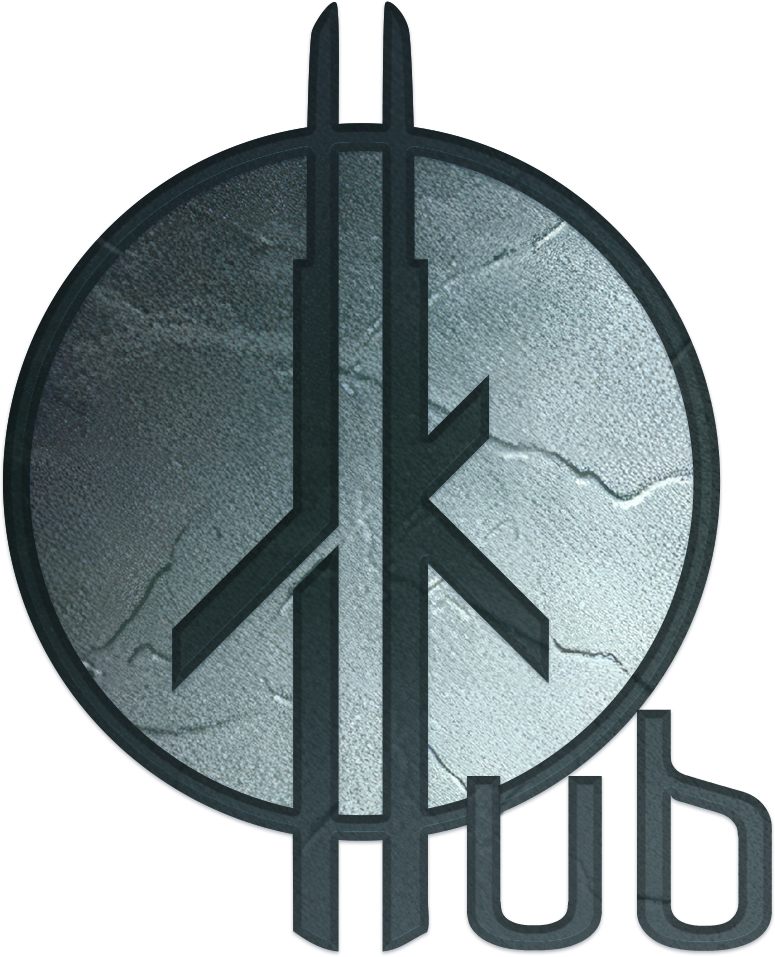
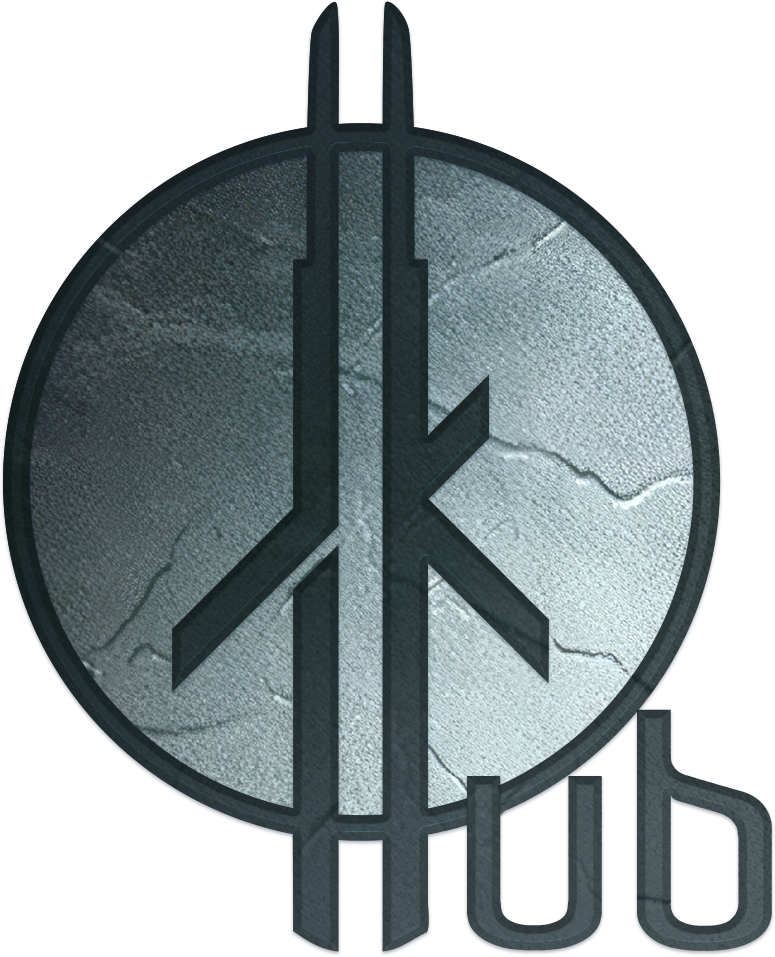
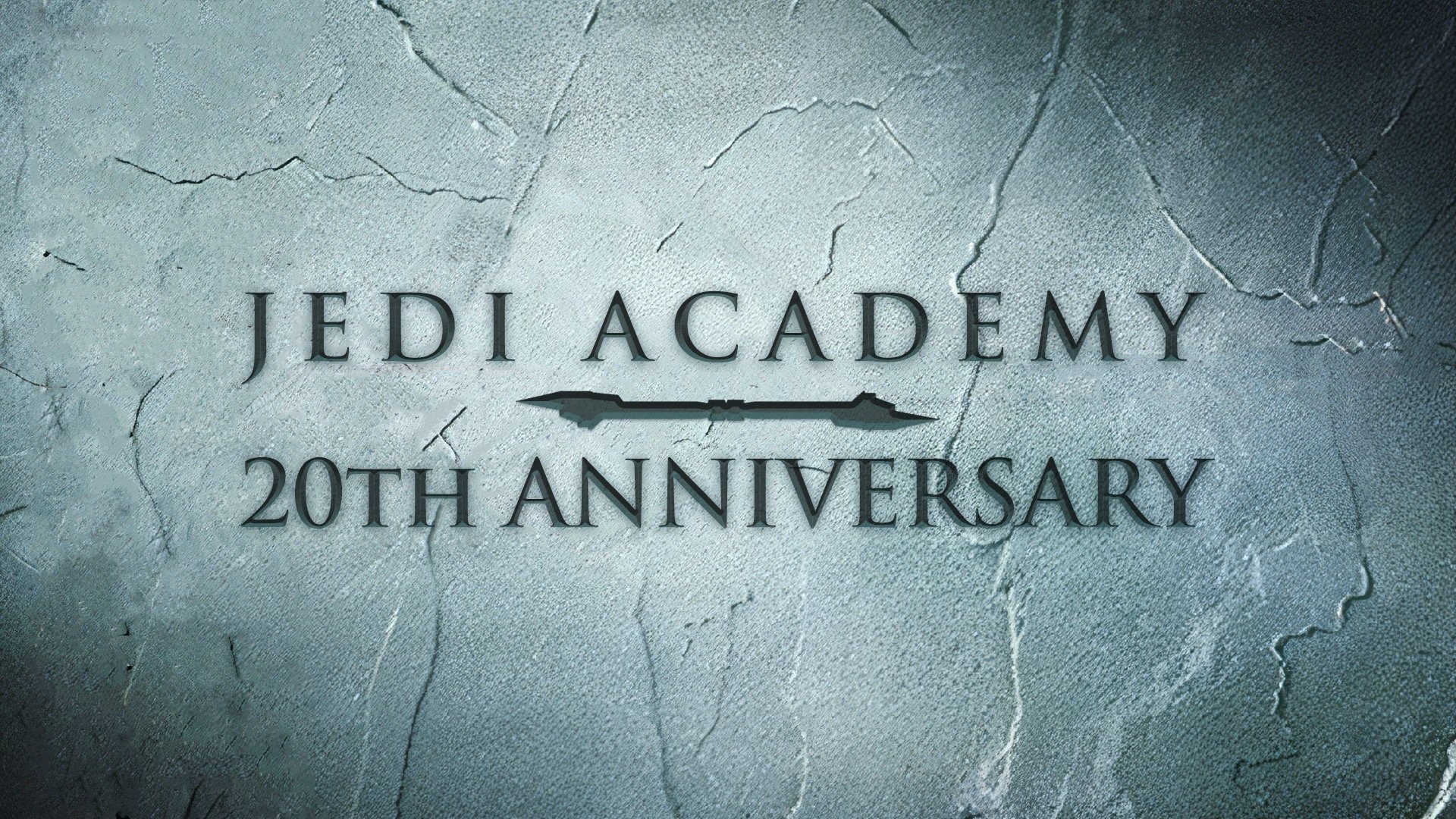
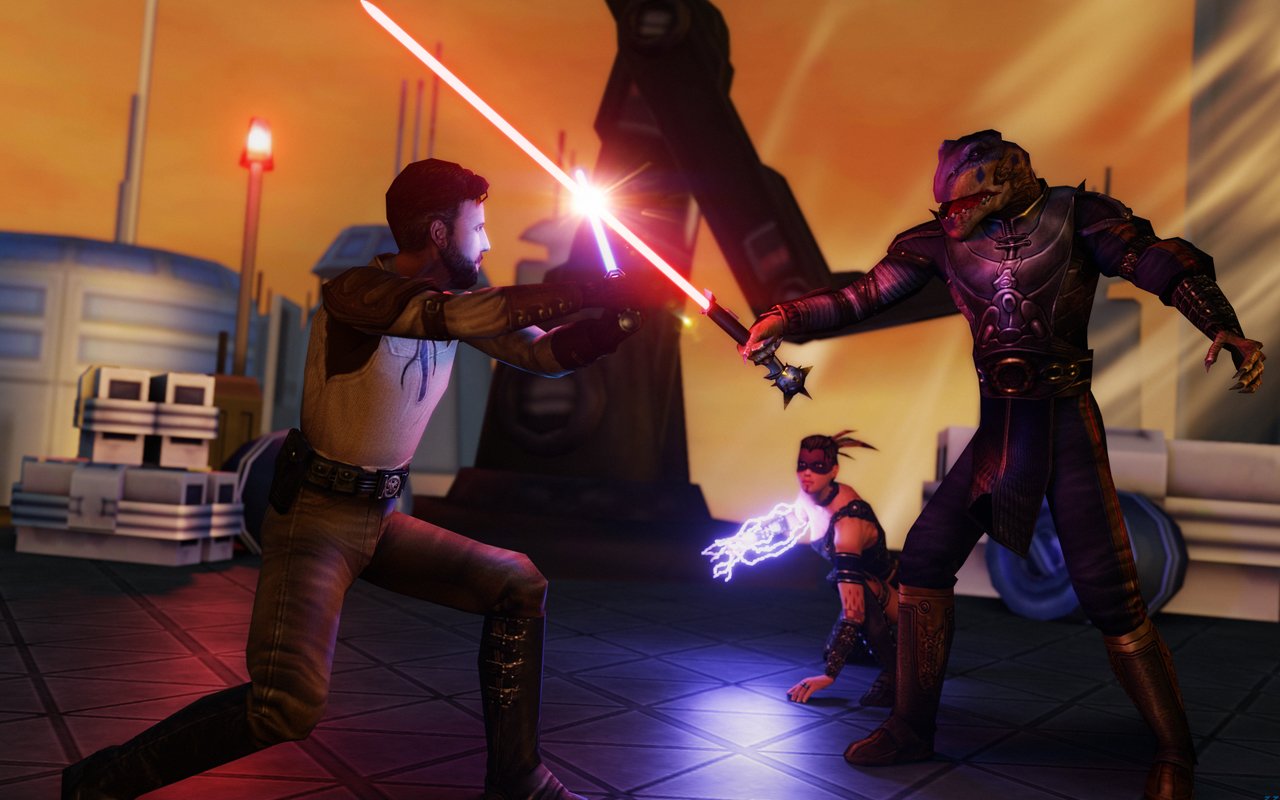
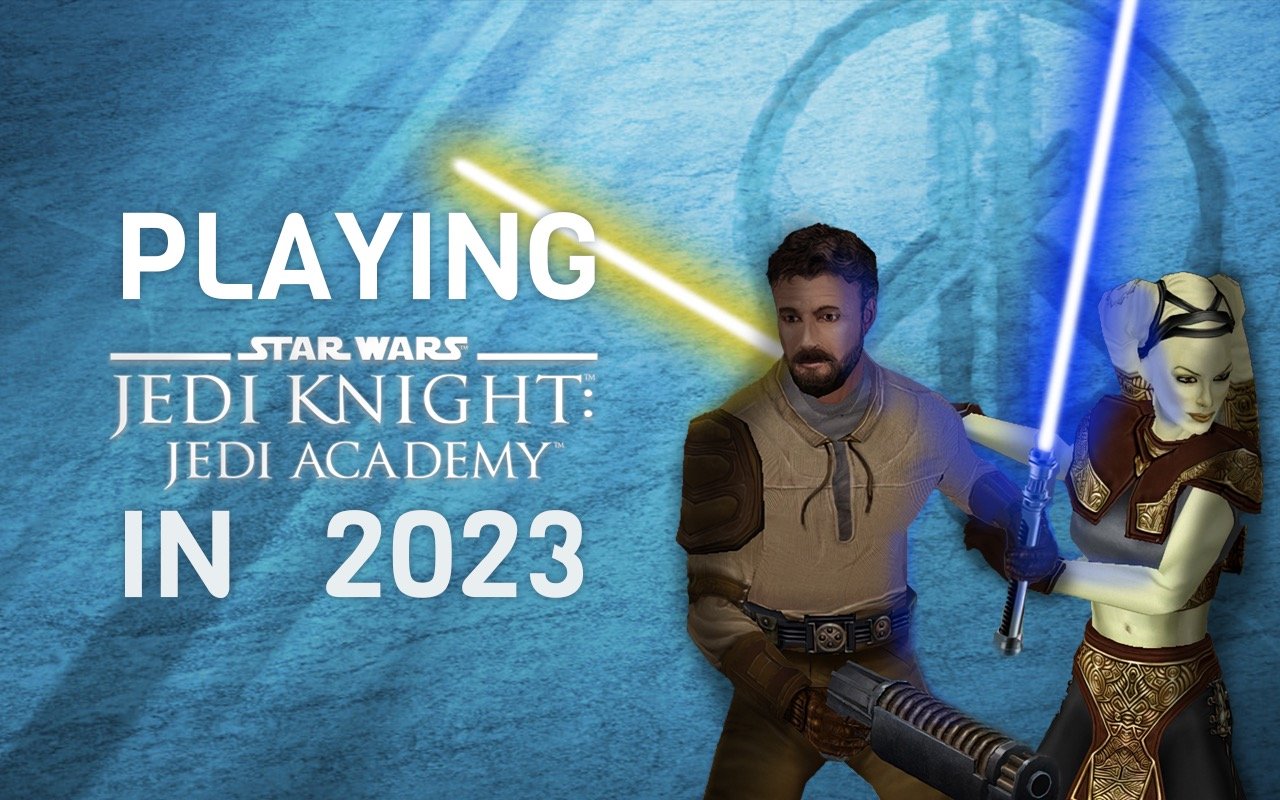
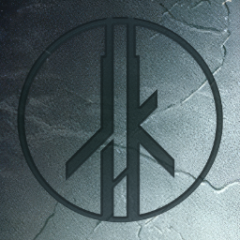
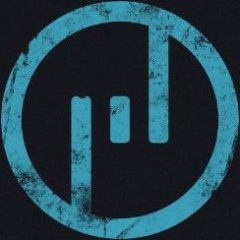

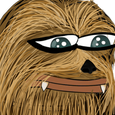
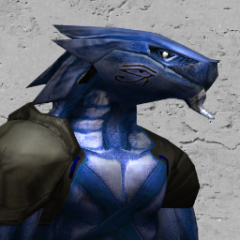

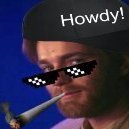
Recommended Comments
There are no comments to display.
Create an account or sign in to comment
You need to be a member in order to leave a comment
Create an account
Sign up for a new account in our community. It's easy!
Register a new accountSign in
Already have an account? Sign in here.
Sign In Now